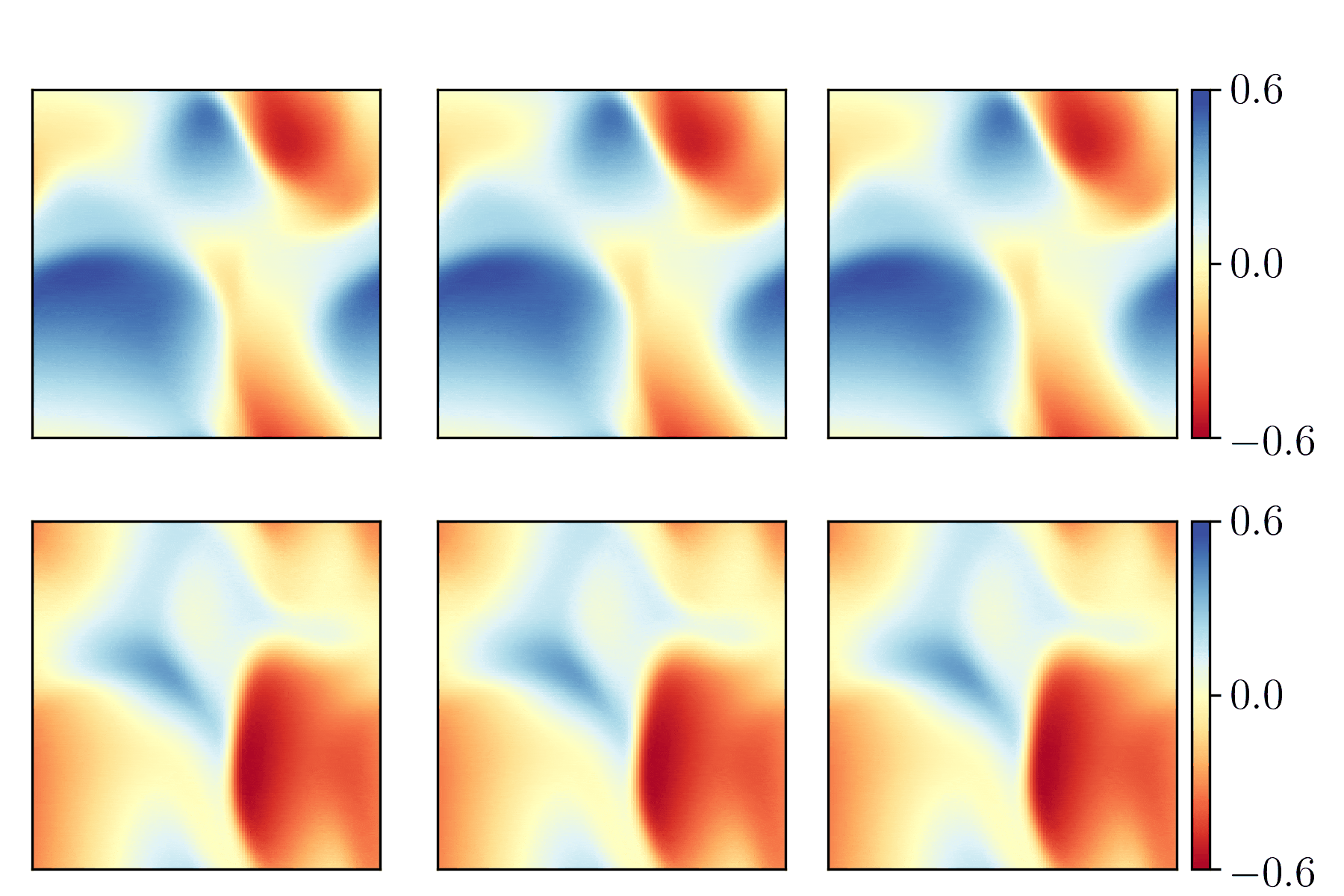DiffStride: Learning strides in convolutional neural networks
DiffStride is a pooling layer with learnable strides. Unlike strided convolutions, average pooling or max-pooling that require cross-validating stride values at each layer, DiffStride can be initialized with an arbitrary value at each layer (e.g. (2, 2) and during training its strides will be optimized for the task at hand.
We describe DiffStride in our ICLR 2022 paper Learning Strides in Convolutional Neural Network. Compared to the experiments described in the paper, this implementation uses a Pre-Act Resnet and uses Mixup in training.
Installation
To install the diffstride library, run the following pip git clone this repo:
git clone https://github.com/google-research/diffstride.git
The cd into the root and run the command:
pip install -e .
Example training
To run an example training on CIFAR10 and save the result in TensorBoard:
python3 -m diffstride.examples.main \
--gin_config=cifar10.gin \
--gin_bindings="train.workdir = '/tmp/exp/diffstride/resnet18/'"
Using custom parameters
This implementation uses Gin to parametrize the model, data processing and training loop. To use custom parameters, one should edit examples/cifar10.gin.
For example, to train with SpectralPooling on cifar100:
data.load_datasets:
name = 'cifar100'
resnet.Resnet:
pooling_cls = @pooling.FixedSpectralPooling
Or to train with strided convolutions and without Mixup:
data.load_datasets:
mixup_alpha = 0.0
resnet.Resnet:
pooling_cls = None
Results
This current implementation gives the following accuracy on CIFAR-10 and CIFAR-100, averaged over three runs. To show the robustness of DiffStride to stride initialization, we run both with the standard strides of ResNet (resnet.resnet18.strides = '1, 1, 2, 2, 2') and with a 'poor' choice of strides (resnet.resnet18.strides = '1, 1, 3, 2, 3'). Unlike Strided Convolutions and fixed Spectral Pooling, DiffStride is not affected by the stride initialization.
CIFAR-10
| Pooling | Test Accuracy (%) w/ strides = (1, 1, 2, 2, 2) | Test Accuracy (%) w/ strides = (1, 1, 3, 2, 3) |
|---|---|---|
| Strided Convolution (Baseline) | 91.06 ± 0.04 | 89.21 ± 0.27 |
| Spectral Pooling | 93.49 ± 0.05 | 92.00 ± 0.08 |
| DiffStride | 94.20 ± 0.06 | 94.19 ± 0.15 |
CIFAR-100
| Pooling | Test Accuracy (%) w/ strides = (1, 1, 2, 2, 2) | Test Accuracy (%) w/ strides = (1, 1, 3, 2, 3) |
|---|---|---|
| Strided Convolution (Baseline) | 65.75 ± 0.39 | 60.82 ± 0.42 |
| Spectral Pooling | 72.86 ± 0.23 | 67.74 ± 0.43 |
| DiffStride | 76.08 ± 0.23 | 76.09 ± 0.06 |
CPU/GPU Warning
We rely on the tensorflow FFT implementation which requires the input data to be in the channels_first format. This is usually not the regular data format of most datasets (including CIFAR) and running with channels_first also prevents from using of convolutions on CPU. Therefore even if we do support channels_last data format for CPU compatibility , we do encourage the user to run with channels_first data format on GPU.
Reference
If you use this repository, please consider citing:
@article{riad2022diffstride,
title={Learning Strides in Convolutional Neural Networks},
author={Riad, Rachid and Teboul, Olivier and Grangier, David and Zeghidour, Neil},
journal={ICLR},
year={2022}
}
Disclainer
This is not an official Google product.



![[ICCV 2021] Amplitude-Phase Recombination: Rethinking Robustness of Convolutional Neural Networks in Frequency Domain](https://github.com/iCGY96/APR/raw/main/img/motivation.png)



